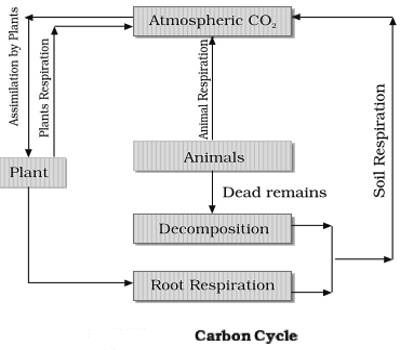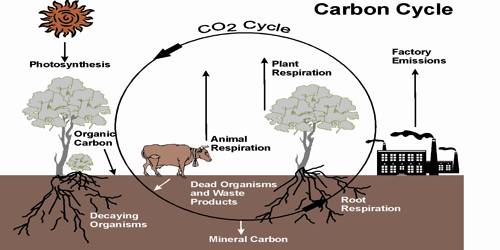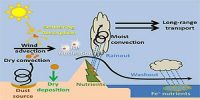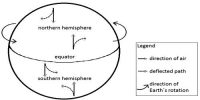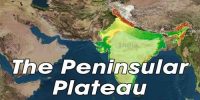Carbon Cycle
Carbon is one of the basic elements of all living organisms. All living things are made of carbon. Carbon is also a part of the ocean, air, and even rocks. Because the Earth is a dynamic place, carbon does not stay still. It is on the move!
The carbon cycle is the circulation and transformation of carbon back and forth between living things and the environment. Carbon is an element, something that cannot be broken down into a simpler substance. Other examples of elements are oxygen, nitrogen, calcium, iron, and hydrogen. It forms the basic constituent of all the organic compounds. The biosphere contains over half a million carbon compounds in them. The carbon cycle is mainly the conversion of carbon dioxide. This conversion is initiated by the fixation of carbon dioxide from the atmosphere through photosynthesis. Such conversion results in the production of carbohydrate, glucose that may be converted to other organic compounds such as sucrose, starch, cellulose, etc. Here, some of the carbohydrates are utilized directly by the plant itself. During this process, more carbon dioxide is generated and is released through its leaves or roots during the day. The remaining carbohydrates not being utilized by the plant become part of the plant tissue. Plant tissues are either being eaten by the herbivorous animals or get decomposed by the micro-organisms. The herbivores convert some of the consumed carbohydrates into carbon dioxide for release into the air through respiration. The micro-organisms decompose the remaining carbohydrates after the animal dies. The carbohydrates that are decomposed by the micro-organisms then get oxidized into carbon dioxide and are returned to the atmosphere (figure).
